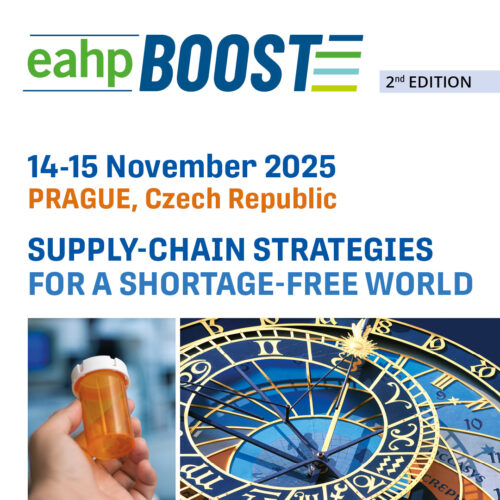OPTIMIZATION OF THE ADMINISTRATION METHOD FOR LUTETIUM (177Lu) OXODOTREOTIDE IN THE TREATMENT OF NEUROENDOCRINE TUMORS
Pdf

European Statement
Patient Safety and Quality Assurance
Author(s)
Luísa Álvares
Sara Brandão Madureira
Diana Monteiro
Patrocínia Rocha
Why was it done?
Lutetium (177Lu) oxodotreotide is indicated for treating subtype 2 somatostatin receptor-positive (SSTR2) gastroenteropancreatic neuroendocrine tumors, well-differentiated G1 and G2, progressive, inoperable or metastatic. This radiopharmaceutical targets cells with SSTR2 overexpression, emitting radiation that causes cell death.
Initially, the Summary of Product Characteristics (SmPC) included the gravity method for intravenous administration, using a system with two needles, one connected to a NaCl 0.9% solution, with or without a perfusion pump, using gravity to facilitate the flow of the radiopharmaceutical.
This method was adopted and optimized due to incidents during administration.
What was done?
Optimization of the administration method of lutetium (177Lu) oxodotreotide to maximize the administered radioactivity and enhance protection for healthcare professionals.
How was it done?
The first administration using the described method occurred in October 2022.
Subsequent treatments required transferring the radiopharmaceutical to a syringe and using a syringe pump due to incidents during administration.
A perfusion pump was later introduced to manage the flow of NaCl 0.9% solution.
In May 2024, a three-way stopcock was connected to the short needle.
What has been achieved?
Since October 2022, 23 administrations have been conducted. In the first, the percentage of remaining radioactivity in the vial was 2.19%.
The use of a syringe pump increased handling and exposure risks and was rejected due to the lack of protective barriers.
Adding a perfusion pump to the NaCl 0.9% line didn’t fully resolve perfusion issues. This was resolve by adding a three-way stopcock connected to the short needle. The additional third line allows for a syringe to be attached and force air into the system, promoting the radiopharmaceutical flow.
The average remaining radioactivity improved from 1.71% to 0.98% after final optimization.
No incidents, such as leaks or perfusion issues, occurred after optimization.
This optimization reduced the remaining radiopharmaceutical activity values, ensuring complete administration. It also minimizes professional exposure and contamination risks, as the radiopharmaceutical remains in the original vial, as indicated in the SmPC.
What next?
We aim to apply this optimized method in other treatments with the same radionuclide.
























